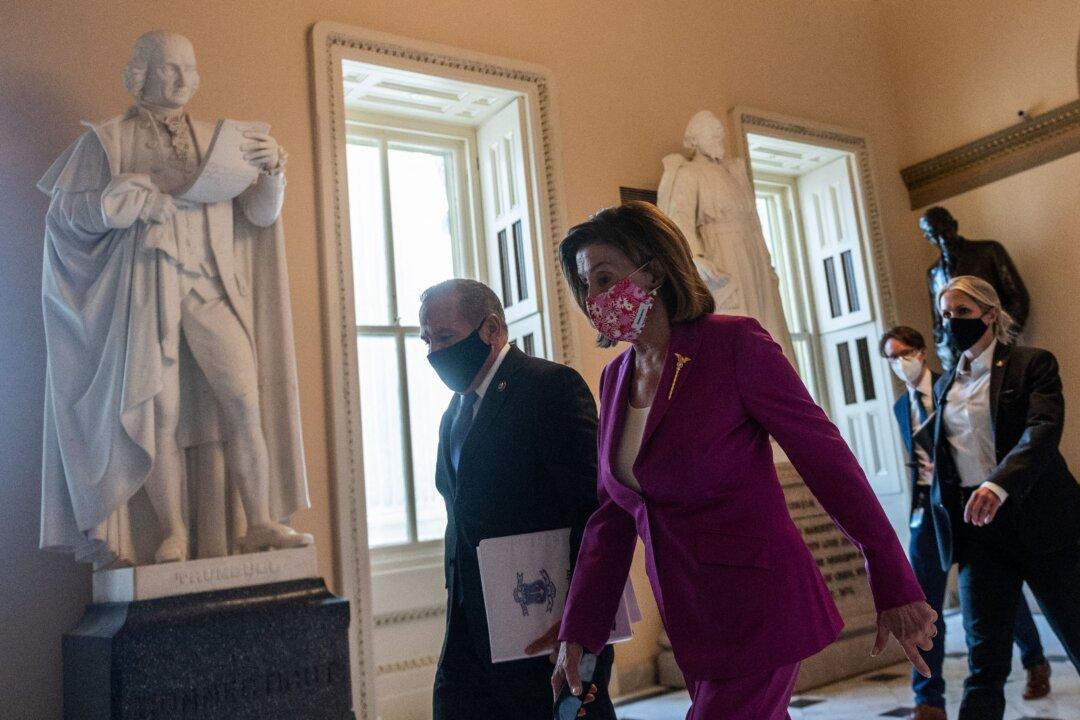WASHINGTON—The U.S. Senate passed the $1.9 trillion coronavirus relief bill last weekend sending it back to the House for an imminently expected approval before it lands on President Joe Biden’s desk.
The revised package leaves out the proposal to raise the national hourly minimum wage to $15, resolving a major sticking point among Democrats.





